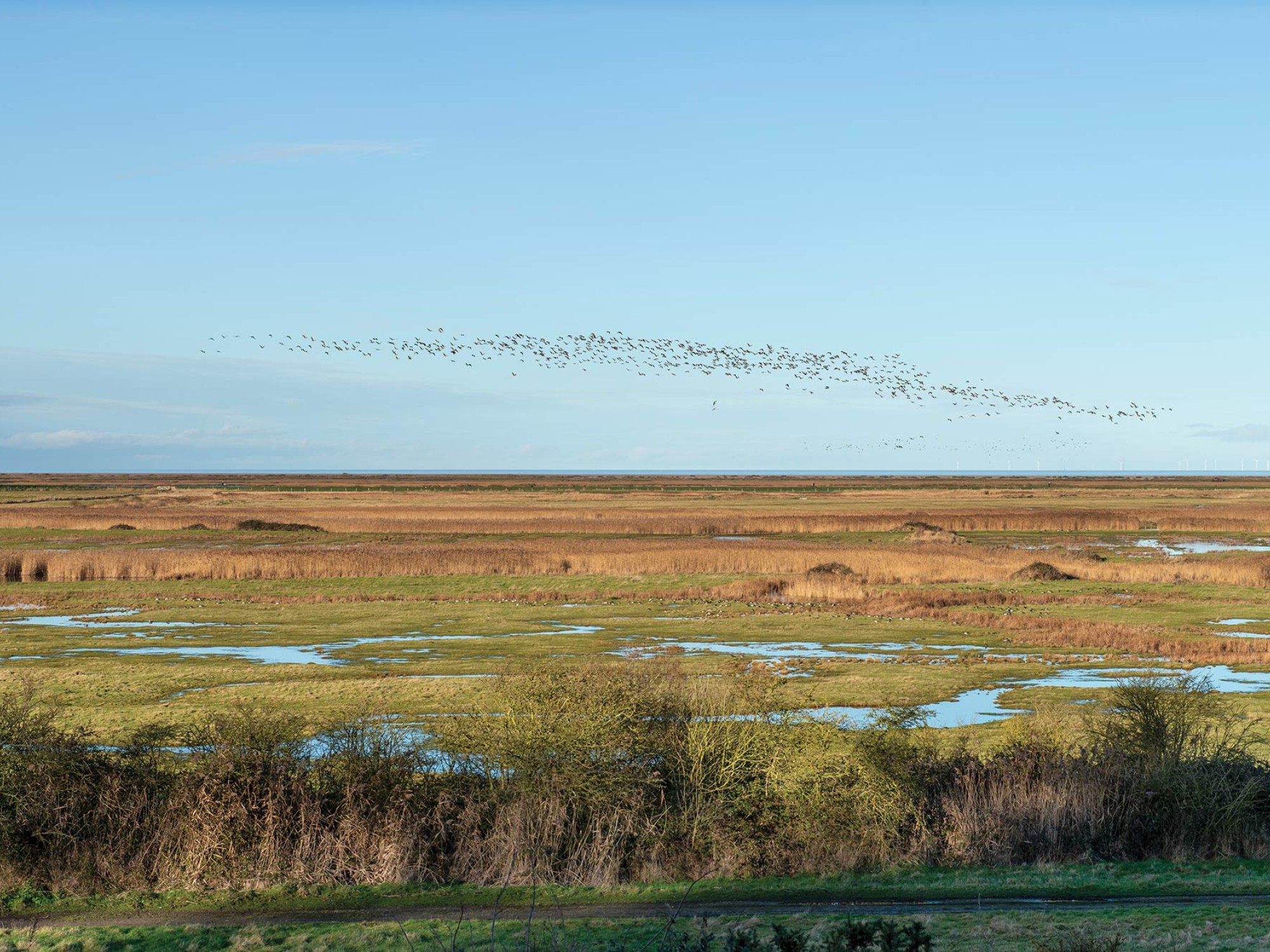
Looking after Blakeney’s enduring natural beauty
With thousands of visitors, animals and birds flocking to Blakeney every year a dedicated team is needed to look after the wildlife and the much-loved landscape. Happily, it’s a very rewarding job...
In the unlikely event you find yourself on the north Norfolk coast with no itinerary, a visit to Blakeney’s National Nature Reserve is guaranteed to make your day. Whether you’re interested in bird watching, enjoy taking walks across stunning landscapes, or want to see England’s largest grey seal colony, you’re spoiled for choice when it comes to finding something to do.
But our freedom to wander up to Blakeney Point or take the Norfolk Coast Path through Blakeney Freshes (around 160 hectares of freshwater grazing marsh) is only possible thanks to the work of the volunteers and rangers of the National Trust.
Hanne Siebers is one of these volunteers, and when she moved to north Norfolk from Norway five years ago, she was inspired to help the National Trust.
“On my first visit to Blakeney I walked to the Point from the beach at Cley and I found it absolutely beautiful,” she says. “One day I entered the lookout shelter in Morston Quay to see the view, and I noticed a brochure asking for volunteers - so I jumped at the chance.”
Her journey as a volunteer began in 2018 when she was enlisted to take part in the Trust’s annual seal monitoring. However, when the extraordinary number of 4,000 grey seal pups were born last winter, the rangers and volunteers had to change the way they counted the pups.
The larger volume of seals made it too dangerous to walk through and individually count them, and nobody wanted to disturb the seals. Instead, the number of newborns were recorded in one specific area, and the year-on-year change in the number of pups will give the National Trust an indication of what’s happening across the whole colony.
“When winter comes to an end I’m always thankful to Blakeney and to the National Trust,” says Hanne, “for putting me in that moment where I can watch the seals and enjoy the beautiful scenery.”
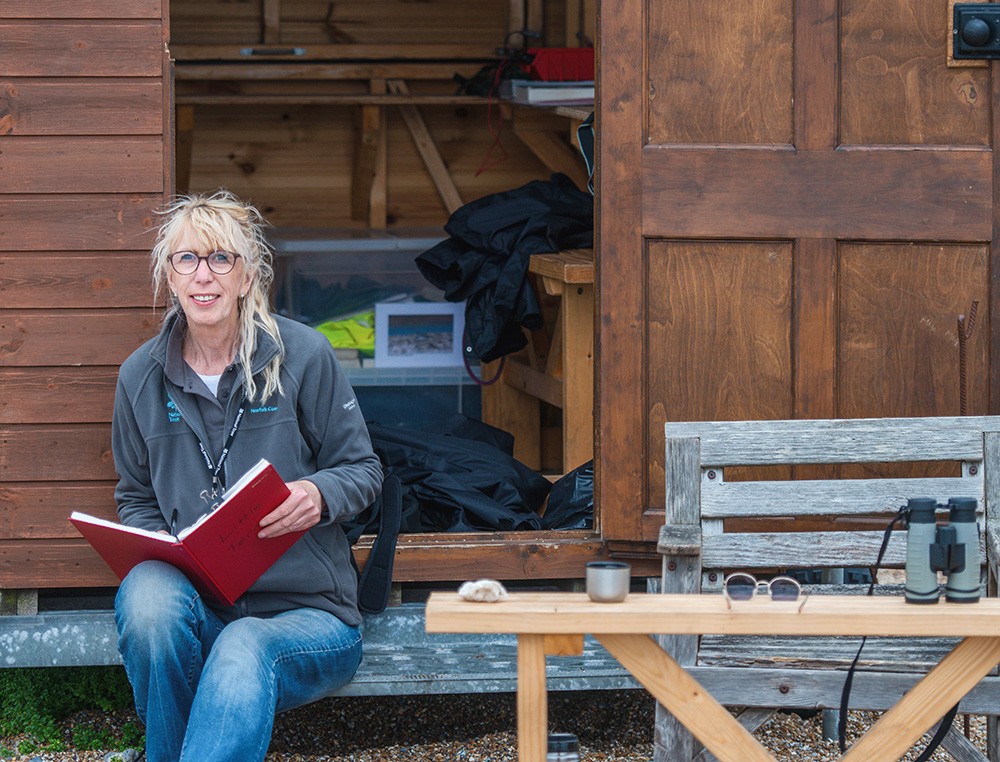
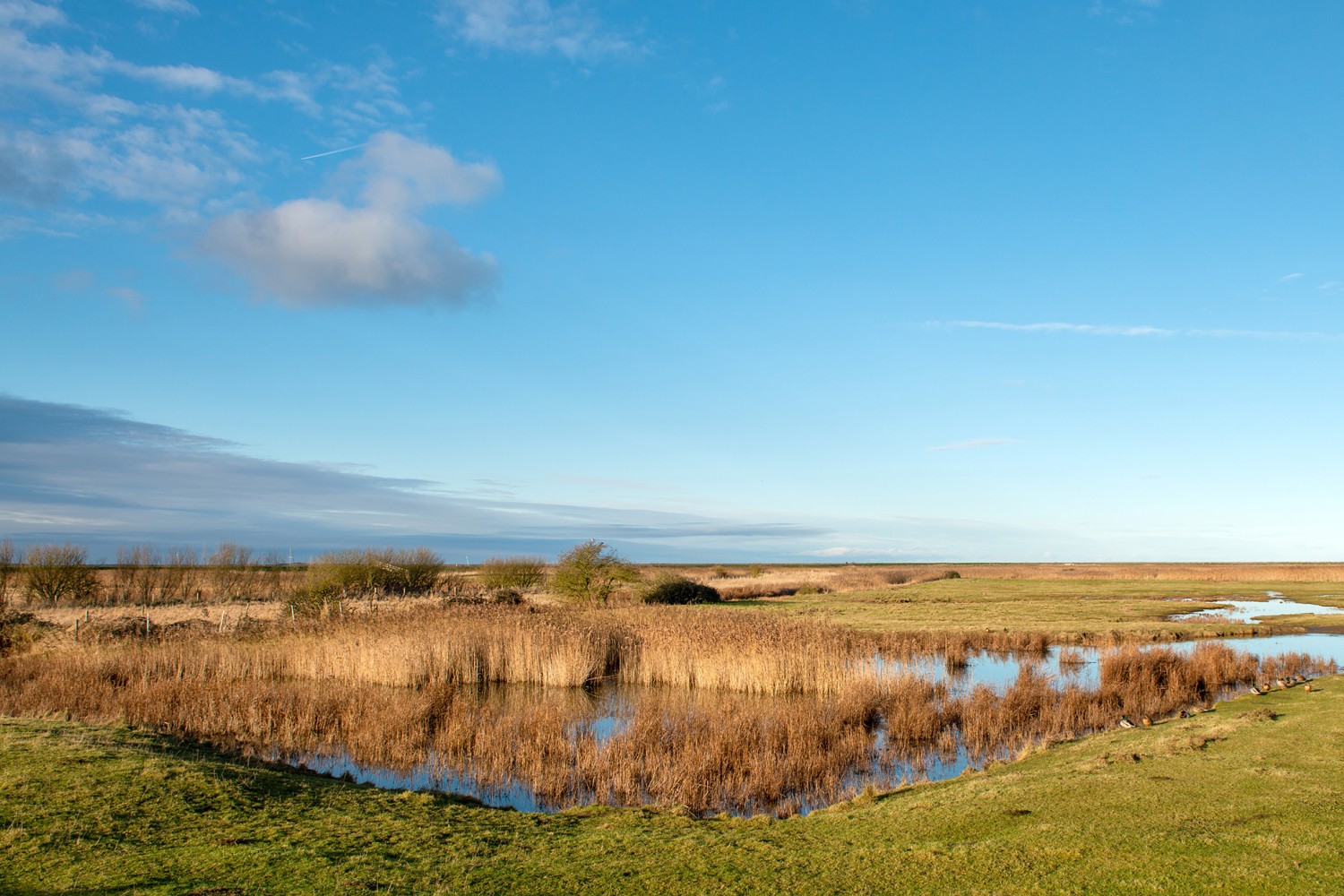
Her affection for Blakeney is clear from the photographs she takes of the area, which you can see in this feature, and as a Property Photographer for the National Trust, Hanne is able to combine her camera skills with her love of nature.
“I always take my camera and there’s always something new to see and something new to hear,” she says. “It’s like a beautiful concert. I get to share the beauty of Blakeney and celebrate the work the rangers are doing to look after the Reserve.”
The photographs Hanne takes are used across the National Trust website, capturing the charming seals, flocks of birds and sweeping vistas that make Blakeney so unique.
The abundance of wildlife found on the Reserve means that in addition to volunteers, rangers are also employed to look after the area. Carl Brooker is one of these rangers, and having worked in conservation for many years, he was keen to join the National Trust.
“I’ve been a naturalist pretty much since I learned to walk,” he says, “so working for the National Trust was a natural next step for me. Even now, after four years here, I’m still learning things every day.”
Though Carl has worked along the Norfolk coast for 12 years, his role as a ranger is always varied and interesting.
“I often say a ranger’s job should be written on a roll of toilet paper because it’s quite long,” he laughs. “Generally, though, I’m responsible for looking after Blakeney, Morston, and Stiffkey.”
Every season brings new wildlife to Blakeney, and autumn is when swathes of pink-footed geese descend onto the Freshes.
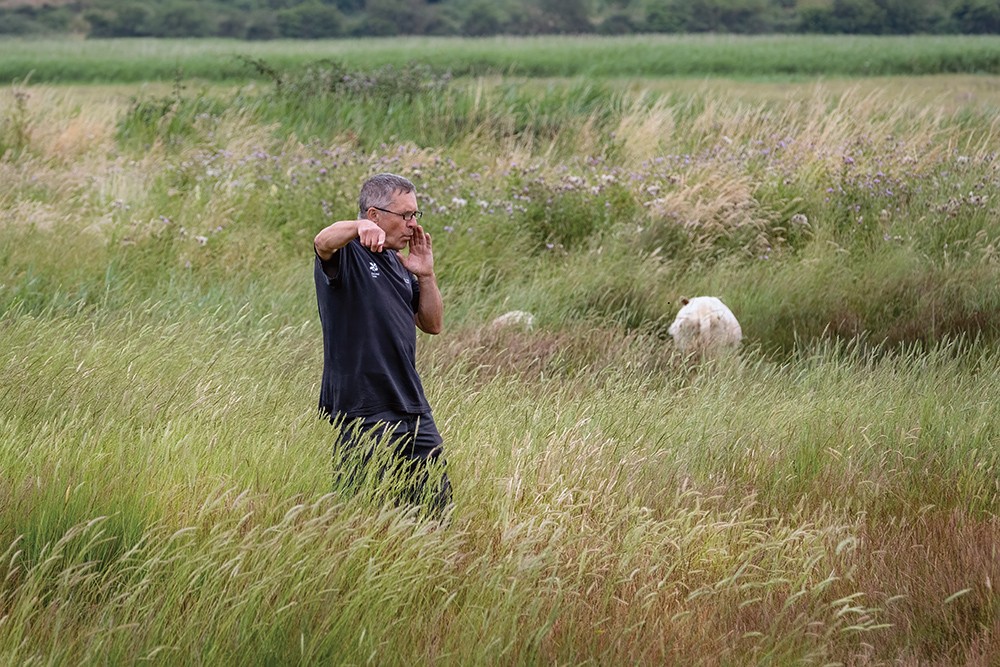
“We do our best to prepare the marshes for when the birds arrive,” says Carl. “During the summer, we have cattle out there grazing and they cut the grass nice and short, which is exactly what our winter wildfowl like.”
Similarly, along the Freshes, 70 sheep were introduced this summer with the hope of cultivating the perfect habitat for nesting birds.
“There’s an area by the Norfolk Coast Path where flooding has brought up lots of shingle,” Carl says, “and this is actually exactly what nesting birds such as ringed plovers are looking for. The sheep graze the grass that grows among the shingle and keep it short - and that’s what the birds want.”
If you find yourself on Blakeney Freshes this autumn, be sure to have a pair of binoculars with you as this is the time when thousands of migratory birds visit to feed and nest. Pink-Footed and Brent Geese, Marsh Harriers, Egrets, and Redshanks are just a few of the species you can spot, but if you’re craving more and happen to have a lot of spare time, why not think about volunteering yourself?
“As a volunteer you’re part of a great supportive community,” Hanne Siebers says. “It really helps being in a place where you love to do things with like-minded people.”
Carl Brooker couldn’t agree more.
“To be honest I struggle to decide what’s the best part of the job,” he says.
“Every season brings along something new and exciting, and you’re never left feeling bored. It’s just wonderful here.”
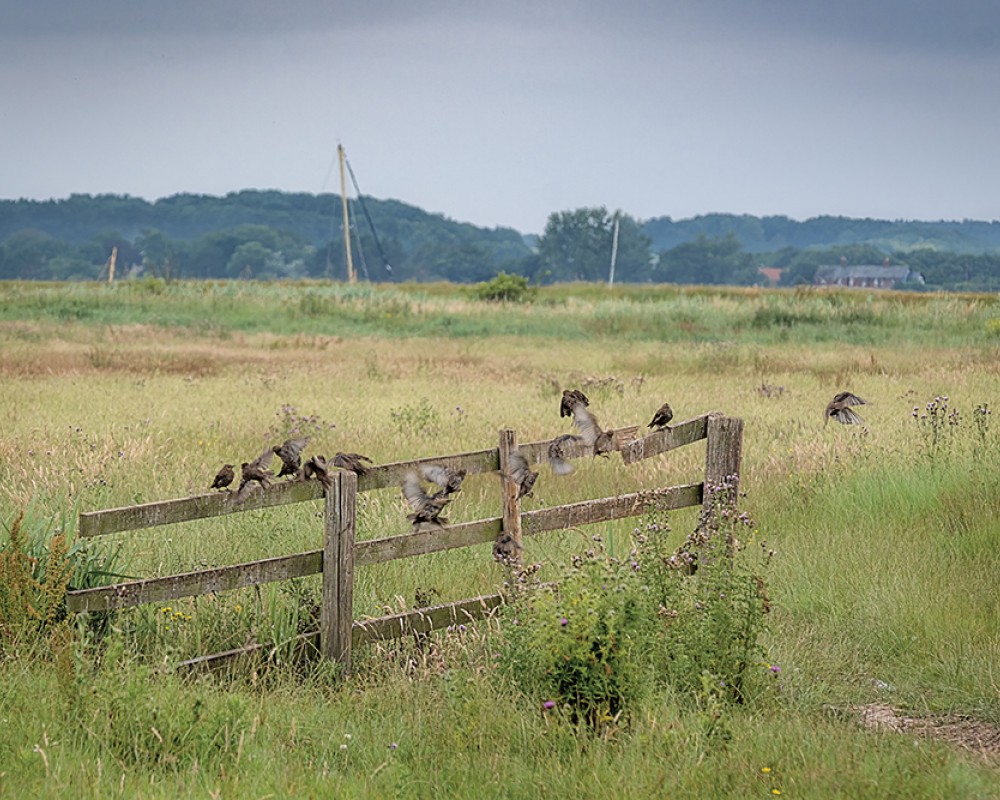
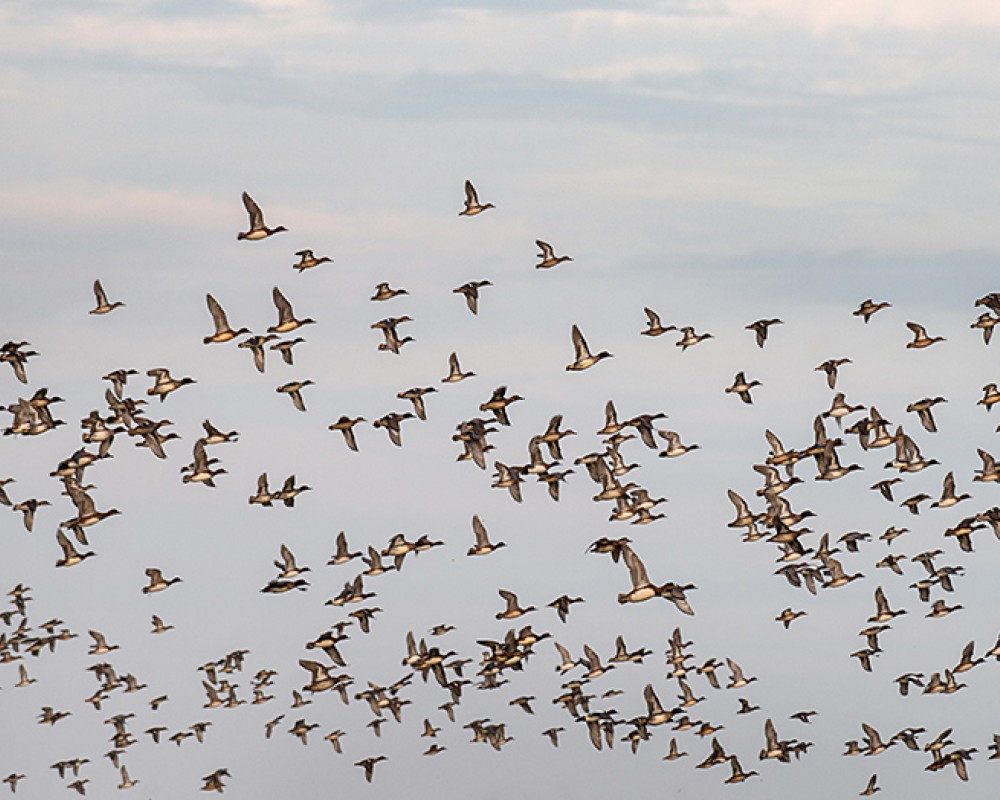
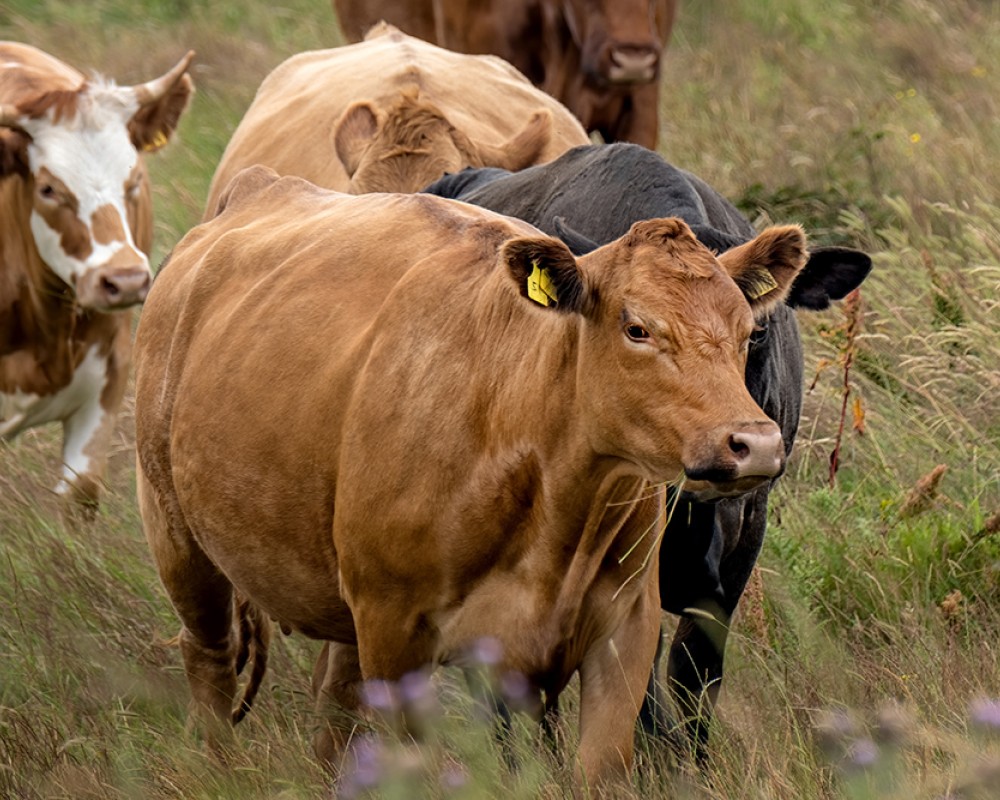
If you’d like become a volunteer with the National Trust, please visit www.nationaltrust.org.uk/find-an-opportunity
Photo credit: Hanne Siebers / National Trust
